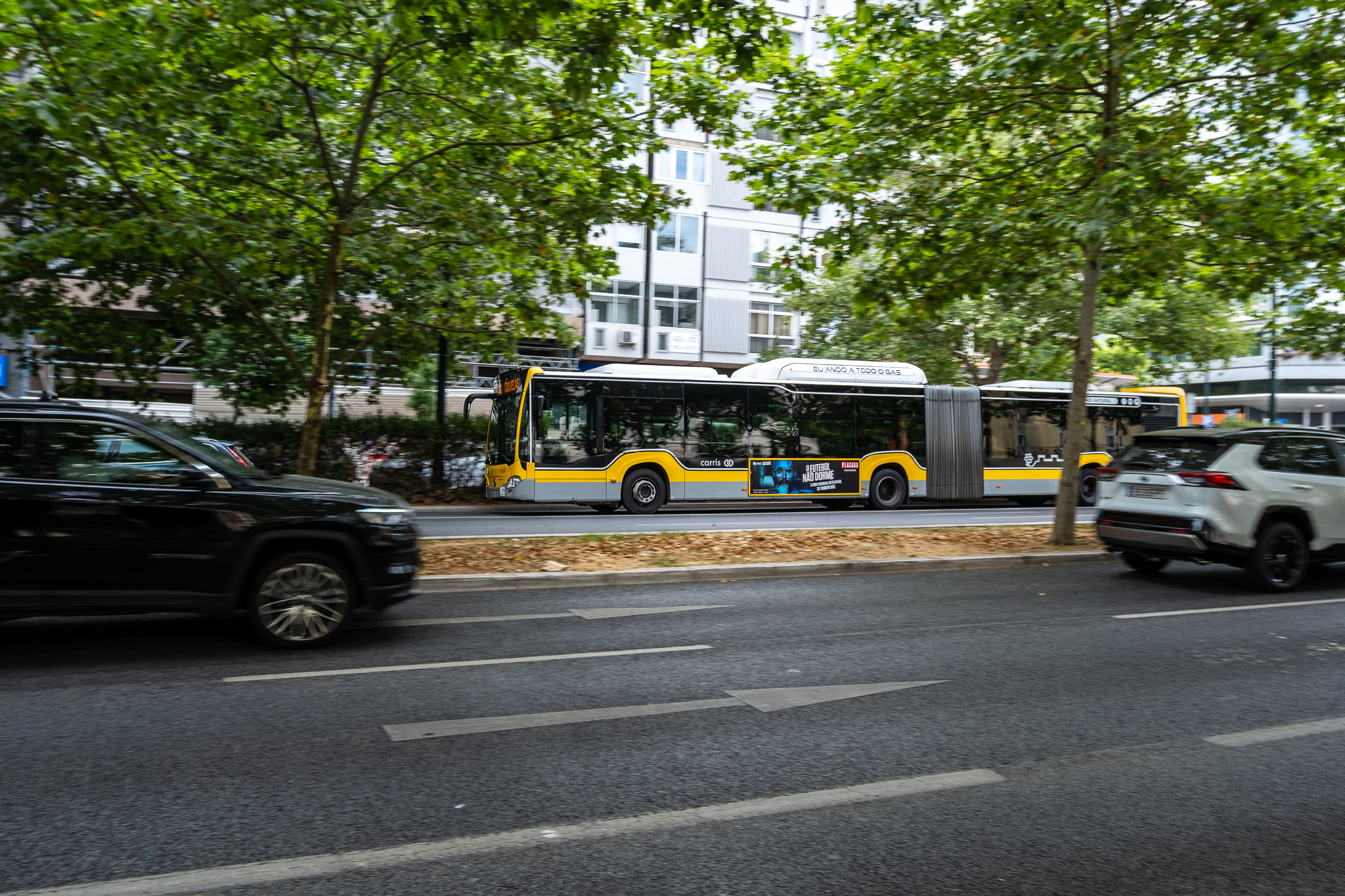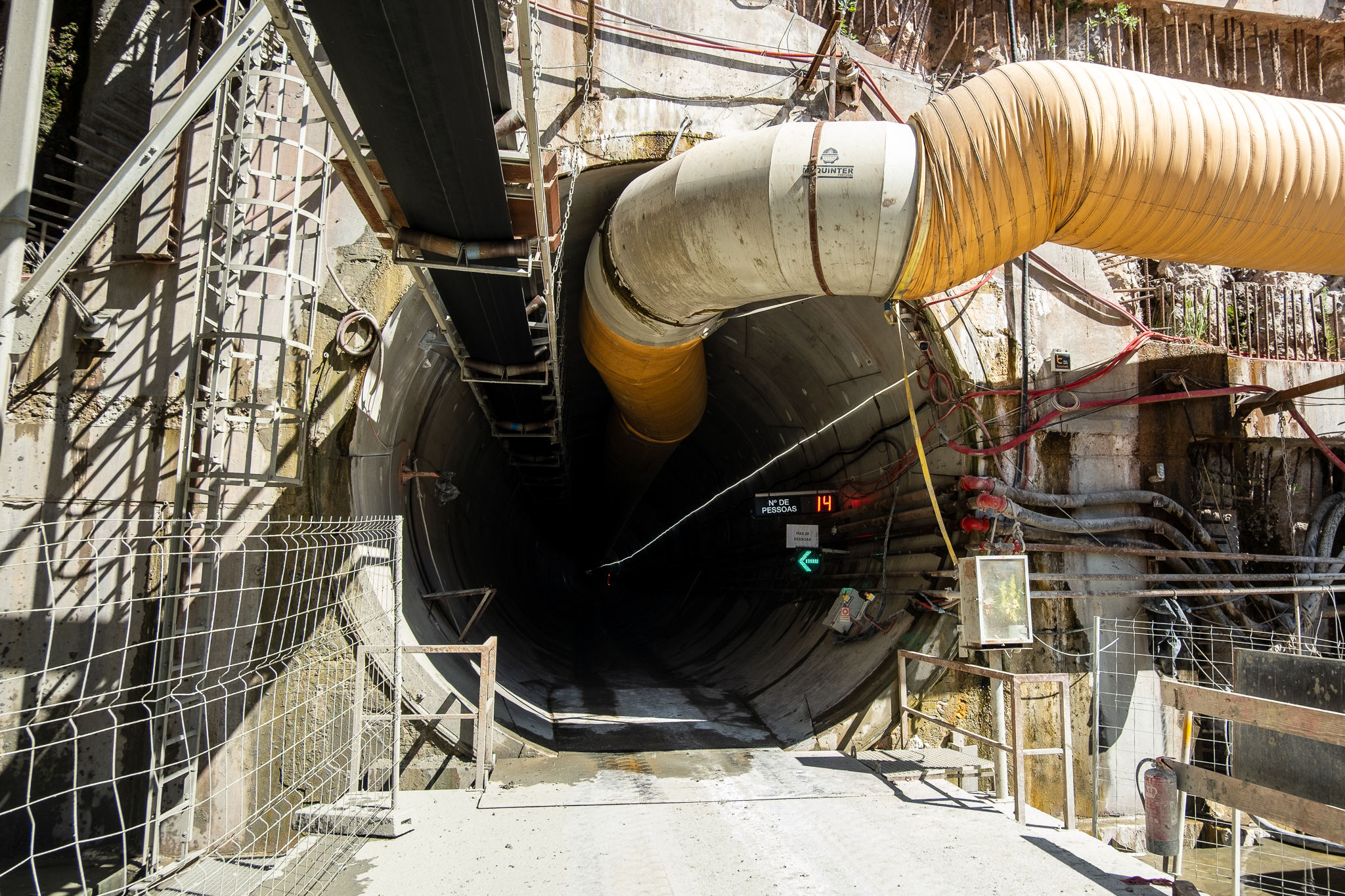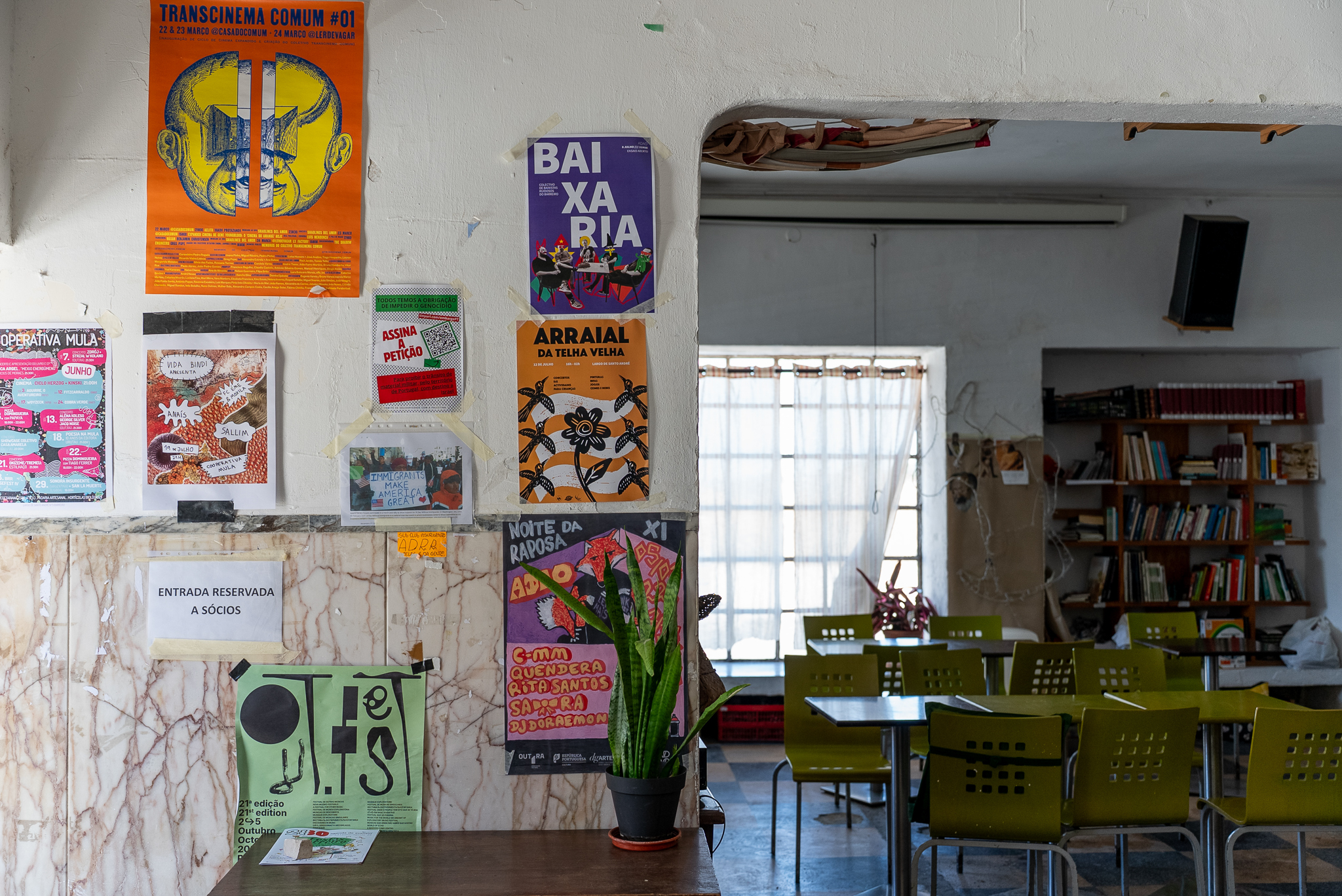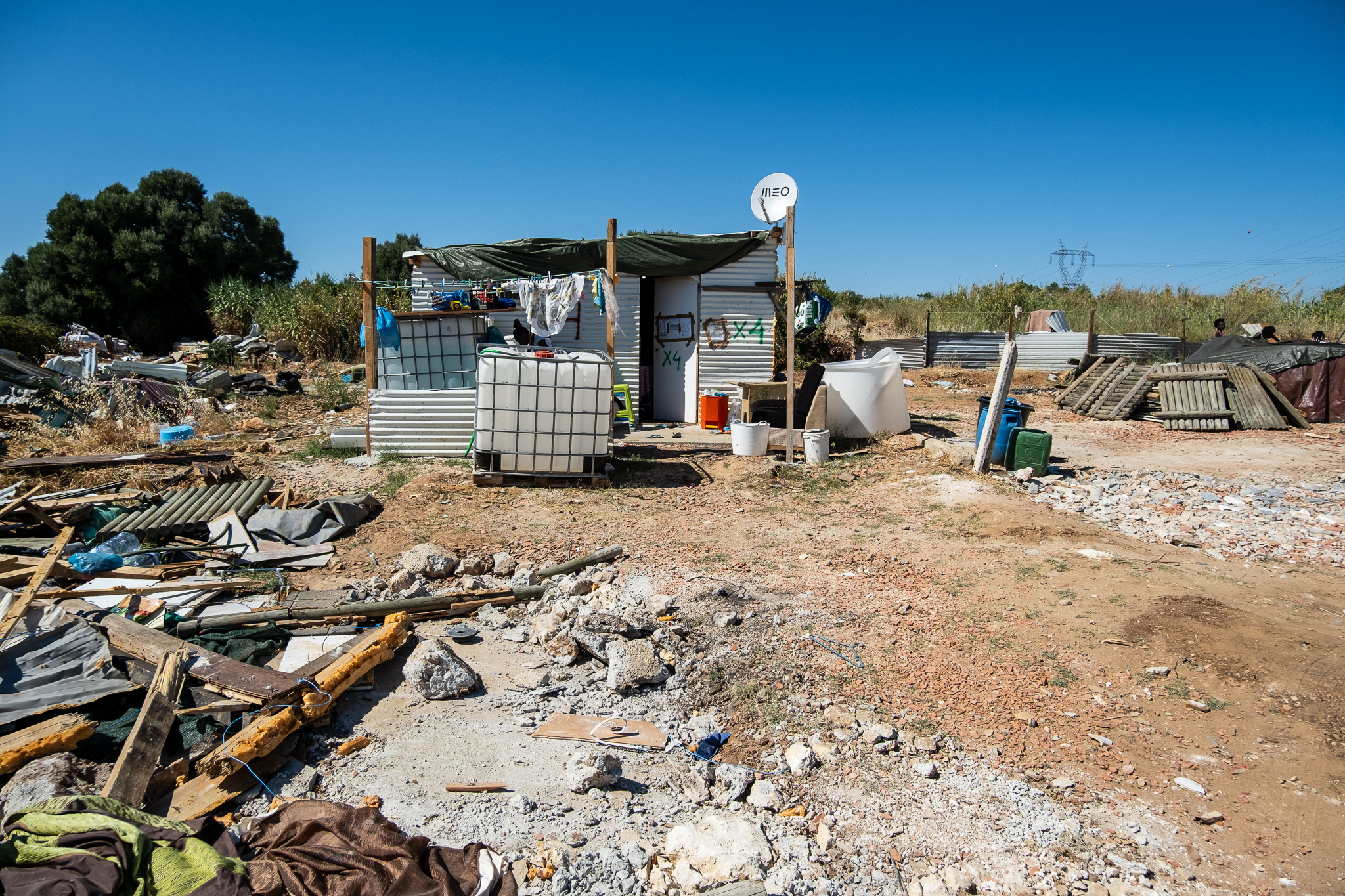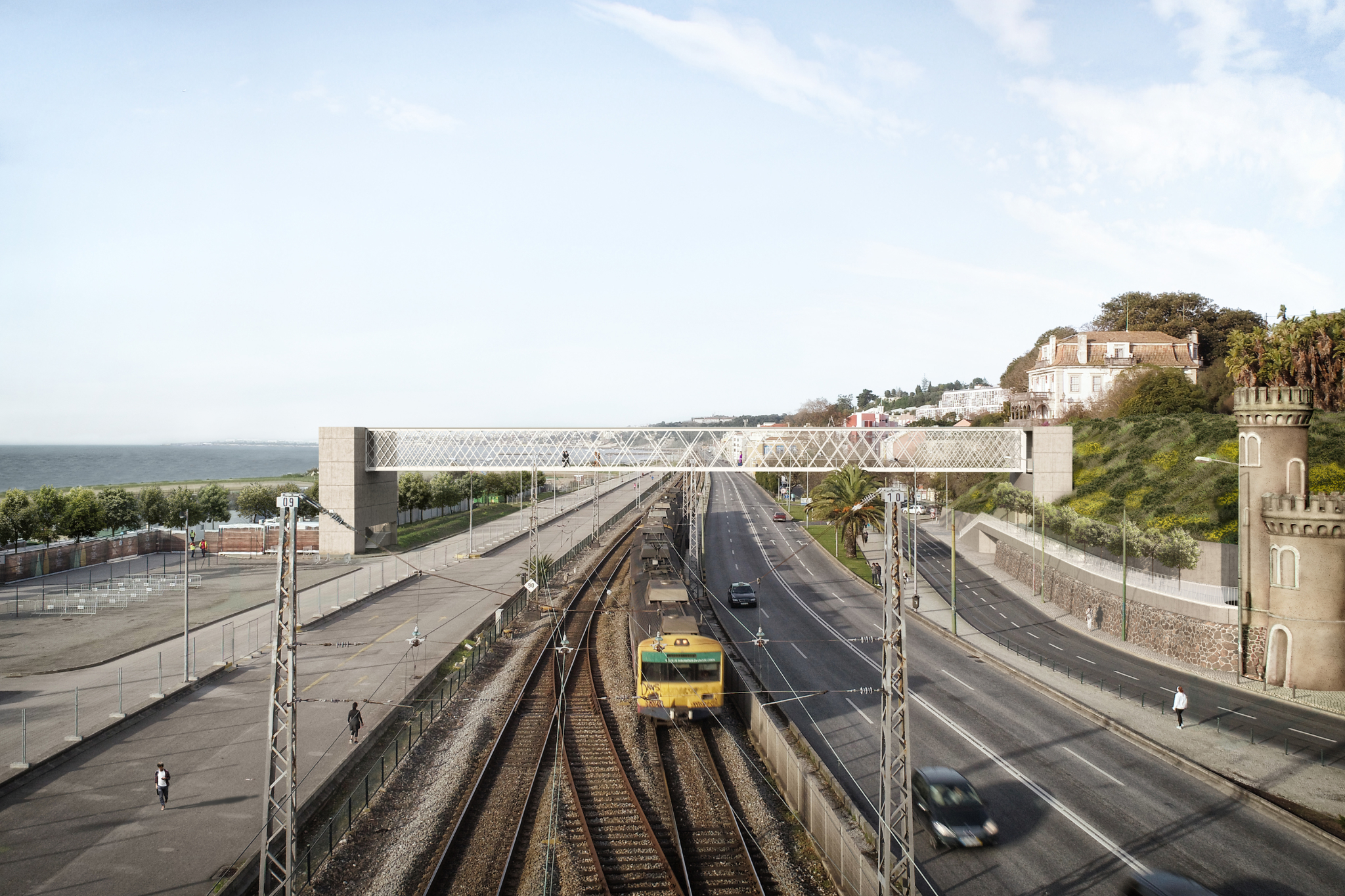A group of people is creating a small forest in the Casal Vistoso Urban Park, in Areeiro. For now, they are preparing the ground so that in January they can start planting. These mini urban forests can help cities in their response to the climate crisis.

On a Saturday morning in December, a group of volunteers opens small trenches where rainwater can run off and infiltrate underground, feeding a future ecosystem of fauna and flora. We are in the Casal Vistoso Urban Park, in Areeiro. Here a mini urban forest is being born. Yes, a small forest in the middle of the city. Preparing these paths for water is only a first step.
"We are preparing the ground to do the afforestation in January"explains António Alexandre. "We've been digging ditches to promote water infiltration." If in the month of December water is something that Lisbon has no shortage ofThis is due to the heavy rainfall, "we know that there won't be much water in the summer and it is important that we design the spaces to allow the water to infiltrate underground".


António knows well what he is talking about. He is a biologist by training, but works to educate for sustainability and permaculture, that is, the art of reconciling nature with urban development. In 2021, he was one of the people responsible for the FCULrestaa mini-forest created on the campus of the Faculty of Science. Already this year, 2022, it has joined the Urbema non-profit organization, created and based in Lisbon by a business manager, Sasi KandasamyThe idea is to reconnect people with nature in the big cities. "There is a lot of willingness for people to tinker with the land"António points out. In early 2022, Urbem created its first mini-forest on a hillside in the Mountain Valley Urban Park. Now, a few meters away, in the Casal Vistoso Urban Park, another forest is being planted.

These mini-urban forests can help cities become more resilient to climate change - they are a response to problems we hear a lot about, such as heat waves, deforestation, habitat loss, and soil sealing. Indeed, Although small and localized, these forests can be home to countless native plants and several species of local fauna, strengthening the biodiversity in urban centers, refreshing our streets and squares, and contributing to the infiltration of water.
Both the FCULresta and these two forests at Urbem are created using a method designed by Japanese botanist Akira Miyawaki that allows growing natural forests in relatively small spaces, such as urban parks. Following this technique, a very dense planting of native species is proposed, knowing in advance that some of them will not survive. "You bet a lot on the diversity of the species you plant, even if in the future only half of the species are left"explains Antonio.
The Miyawaki method is interesting because one of the biggest problems with conventional afforestation is the time it takes to grow these trees, and that time is not compatible with the urgency of many of the climate challenges that we have and will have to deal with in our cities (and beyond). With this kind of high-density planting, you can not only accelerate the growth of small forests but also create ecosystems that will be self-sustaining (i.e. with no need for human maintenance) in just three years. On the other hand, a Miyawaki forest is estimated to be able to absorb larger amounts of carbon than a conventional forest.




But, "forests always take time to grow, no matter how fast the method used is to create fast forests"António points out. Urbem's first mini-forest, in the Urban Park of Mountain Valley, right next to where we are, is still growing. The planting took place between November 2021 and the beginning of February 2022 in a area of about 300 square meterssemi-inclined. After planting, there was weekly maintenance of the space with the renewal of weeds and the placement of mulch to maintain soil moisture as much as possible. Every three months the land is monitored. Filipe Gomes, a biologist and specialist in environmental management, is in charge of this task at Urbem. "A decrease in initially placed plants is always to be expected, but a stabilization is also expected after 2-3 years", points out; there, survival will have been on the order of 40-50% so far.


The small forest in Mountain Valley is in need of new maintenance, because the weeds that have grown with the recent rainstorms have taken over the space. It is for this kind of task that Urbem hopes to count on the community of townspeople. In all phases of creating a mini-forest, whether it be land preparation, forestation or maintenance, the association is looking to call for volunteers. "We try to engage people and involve them as long as possible, so that they feel these spaces are theirs"explains Antonio. "The more people we can call, the more we will be able to retain as regular volunteers"adds Filipe.



Urbem's intention is not only to plant forests, but to simultaneously promote educational and meeting momentswhere people can engage with nature, learn about biodiversity, and meet new people. The idea is to gather communities around each forest so that local people from that area or neighborhood can take care of these spaces, which, by themselves, need little maintenance. António and Filipe recognize some difficulty in mobilizing the city. It has been through the Meetup Platform that Urbem has launched invitations to the population. On two consecutive weekends in December, a challenge to help create a mini-forest in Casal Vistoso was launched. A dozen people responded affirmatively.
On the Saturday morning that Lisboa Para Pessoas accompanied Urbem, António was helping and guiding two volunteers, shovel and hoe in hand, in opening paths for the water and in small land modulations. The plan for that terrain foresees different planting sections, crossed by channels where water can accumulate and infiltrate. Footpaths through the middle of the forest are planned because the idea is also to allow people to enter and discover the forest from the inside. There will also be at least two temporary ponds.
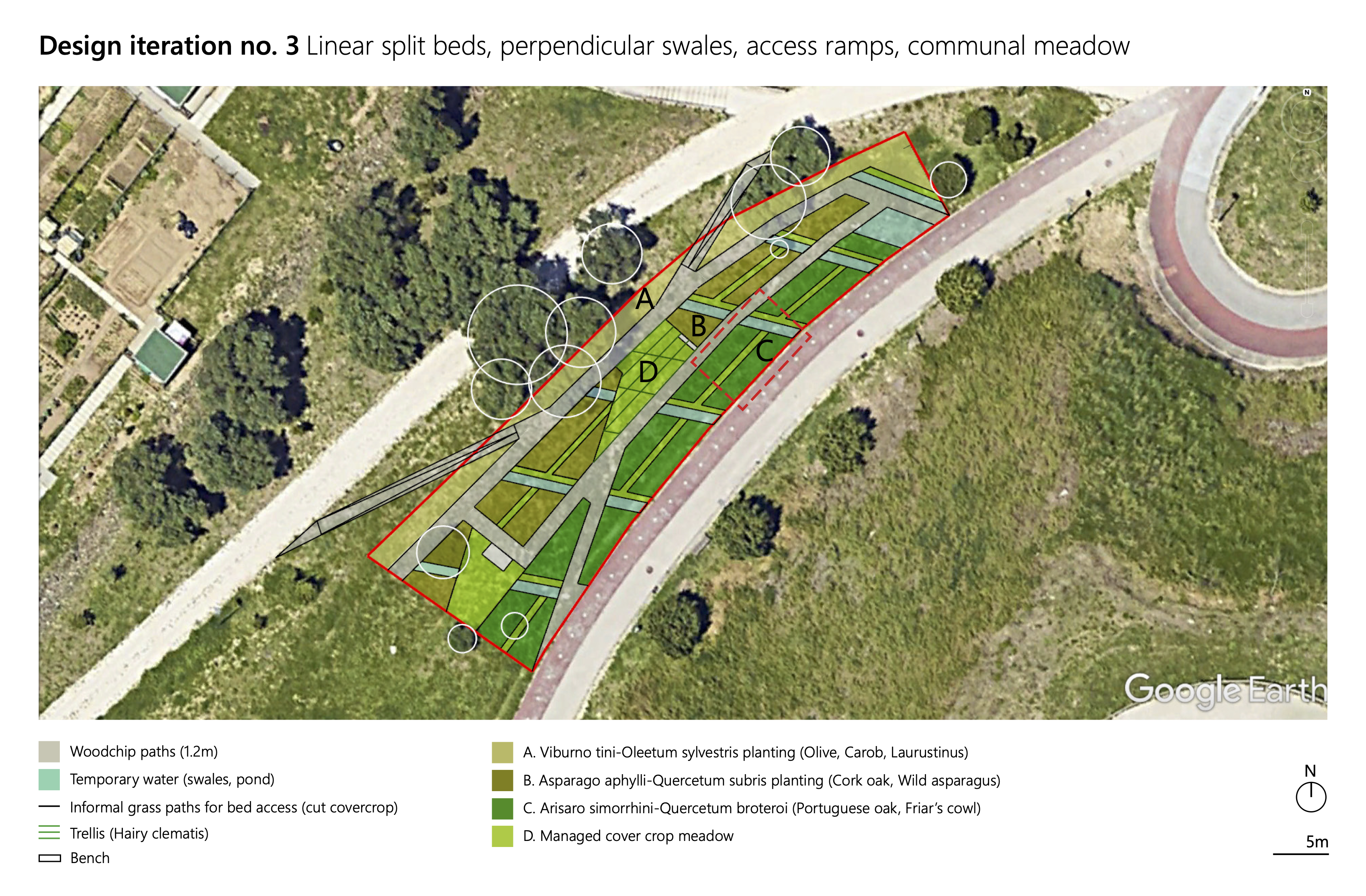
The plot of land in the Casal Visto Urban Park for the creation of this mini-forest was transferred to Urbem by the Lisbon Municipality, as part of the European project Life Lungs Lisbon. "The plan is to start planting in January"and that is why the bags with the mulch spread over the land are already waiting in a corner to preserve as much moisture as possible in the soil for the growth of the plants. After planting, there follows a more intensive maintenance phase, of surveying and mapping all the species, and quarterly monitoring.




